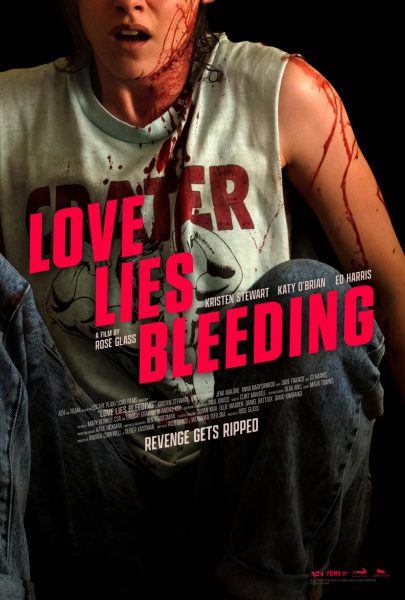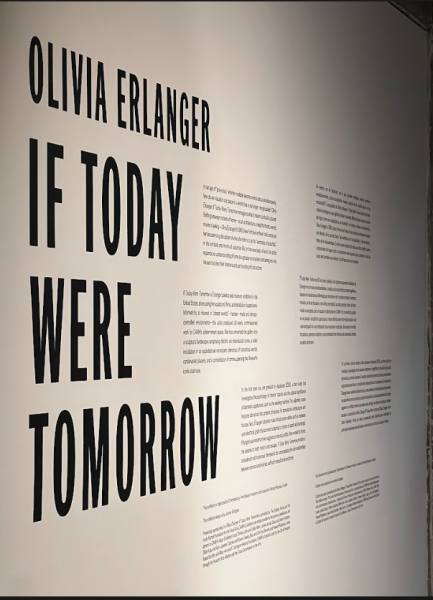Mitski’s “Working for the Knife” tells all about the flaws of the music industry
The album cover for Mitski’s “Working for the Knife” displays her at her most vulnerable, a bra as her top- a scene that is portrayed in full in the song’s music video.
Mitski Miyawaki sets a recording microphone free in a factory in her newest track, the ‘tink, tink, tink’ of metal against metal apparent and distinct, cutting through the usual discordant backtrack that often characterizes the Japanese-American indie-rock star’s music. Ever since the artist released her first album, Lush, back in 2012 as a college assignment, Mitski has been known not to shy away from heavy topics. Her newest single is no exception to that. “Working for the Knife” tells the tale of a struggling star, one being crushed by both an oppressive music industry and her own mental illness. The song is rife with imagery of a musician working herself to the bone for a system and an audience that will ultimately never care about what she cares about, making her feel like she will never truly be herself.
In her song, Mitski tells all about the strife of the knife- also known as the things that hold her down. The artist has been on hiatus for the past two years following her immense success with her fifth album, “Be the Cowboy”. Within that time period, Mitski gained even more fame due to the influence of apps like TikTok, where multiple songs of hers became popular. However, with a larger audience comes a lower attention span. Mitski seems to reference this in her new single; “I always knew the world moves on/I just didn’t know it would go without me.” The ever-living fear that persists in celebrities of becoming a trend, of fading into the background, becomes apparent through her words. Many stars begin to pander towards an audience- creating music they know will be successful and make money, rather than creating music they like. They begin to work for the knife, creating for a machine that cares only for profit.
Throughout the song, Mitski seems to weave a story of wanting to deny this to herself, making many comparisons between then and now. Then, thinking that her fame or drive will only last until 20; now, realizing that she still has some left in her. Then, the day began high; now, it ends low. Then, she began the day lying; now, she ends it with the truth. She’s coming to terms with the knife, however reluctantly.
In the song’s music video, she pantomimes the act of putting out a cigarette and then proceeds to act as melodramatic as possible. While it is not unlike her to strike methodical but erratic motions as she performs, the video seems to portray it as excessive. She’s performing for an audience even when she’s alone, when nobody’s watching her, she’s still working and acting in a way that isn’t herself. She opens the video with footage of her walking to an empty venue and ends it with an uncomfortably long montage of her going crazy on stage, overperforming for a large non-existent audience- her top is only a bra, her makeup is bright and unlike her. She is putting every part of herself on display, except for the part that actually is her. She’s nothing unless it’s for the knife, for the audience, for the producers, for the numbers, for the things that don’t exist. At the end of yet another thought-provoking song to add to her repertoire of think-pieces, she comes to the realization that she’s “dying for the knife”.
Your donation will support the student journalists of Carnegie Vanguard High School. Your contribution will allow us to cover our annual website hosting costs and fund field trips, competition fees, and equipment. We appreciate your support!

Danielle is a senior, as well as an activist for queer and feminist rights, which often makes its way into her writing. She is a family and friendship-oriented...












emily • Nov 9, 2021 at 11:28 am
this is so well written and I totally agree!